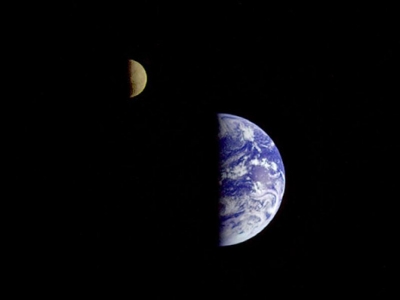
The earth has about 70 percent of water on its crust. It also has an abundance of oxygen thanks to its multilayered atmosphere made of several gasses. The moon neither has oxygen nor water. It weak atmosphere does not support the formation of oxygen. Hence it remains a barren and lifeless astral body. However, the possibilities of finding water and ice on the moon are being explored by humans through several studies now.
The moon has only a very thin atmosphere, so a layer of dust — or a footprint — can sit undisturbed for centuries. And without much of an atmosphere, heat is not held near the surface, so temperatures vary wildly. Daytime temperatures on the sunny side of the moon reach 273 degrees F (134 Celsius); on the night side it gets as cold as minus 243 F (minus 153 C).
The moon’s gravity pulls at the Earth, causing predictable rises and falls in sea levels known as tides. To a much smaller extent, tides also occur in lakes, the atmosphere and within Earth’s crust.
High tides refer to water bulging up from Earth’s surface, and low tides when water levels drop. High tides occur on the side of the Earth nearest the moon due to gravity, and on the side farthest from the moon due to the inertia of water. Low tides occur between these two humps.
The pull of the moon is also slowing the Earth’s rotation, an effect known as tidal braking, which increases the length of our day by 2.3 milliseconds per century. The energy that Earth loses is picked up by the moon, increasing its distance from the Earth, which means the moon gets farther away by 1.5 inches (3.8 centimeters) annually.
Credit : Space.com
Picture Credit : Google




